40 disk label type: dos
DOS Command: LABEL LABEL Type: External (3.0 and later) Syntax: LABEL [d:][volume label] Purpose: Creates or changes or deletes a volume label for a disk. Discussion A volume label may consist of up to eleven characters (the same characters that are legal for a file name). Enter Current Volume Label for Drive| How to Find the Volume Label? Since you need to enter the current volume label of a drive, you should gain the value label at first. To find out a volume label of a partition in Windows, you can pick up one among the following three methods as you like. Way 1. Find volume label from Command Prompt. After accessing Command Prompt, you can run "vol x:" to list the volume ...
sfdisk(8) - Linux manual page - Michael Kerrisk -X, --label type Specify the disk label type (e.g., dos, gpt, ...). If this option is not given, then sfdisk defaults to the existing label, but if there is no label on the device yet, then the type defaults to dos. The default or the current label may be overwritten by the "label: " script header line.

Disk label type: dos
Saving disk data after changing the disk label type from DOS to GPT But, as Debian comes with a somewhat automatic graphical installer, it have set my disk label type to DOS. But Arch in UEFI mode needs a disk label type of GPT. So, from arch installer I ran fdisk /dev/sda1 and g for creating a new GPT partition table with the hope that it will automagically convert the partition table and keep my partitions as is. How to Convert a GPT disk layout to a MS-DOS/MBR layout ... - Stewart Adam Press r to start recovery/transformation.; Press g to convert GPT to MBR.; Press p to preview the converted MBR partition table.; Make any modification necessary to the partition layout. See Rod Smith's Converting to or from GPT page for more details on this.; When you're happy with the MS-DOS/MBR layout, press w to write changes to the disk.; Shutdown Fedora 16 and boot from the Windows 7 ... "fdisk -l" output: what are Disk label type" and "Disk identifier" The disk label type is the type of Master Boot Record. See . The disk identifier is a randomly generated number stuck onto the MBR.
Disk label type: dos. How to: Change Volume Label using CMD in Windows 10, 8, 7 Step 1. In the home interface, right-click the drive that you want to rename and select Change Label. Step 2. In the pop-up window, input the new label that you want to assigned to the drive and click OK. Step 3. You'll return to the home interface, click Apply and Proceed to commit the operation. If you are unsatisfied with the result, you ... mklabel (Parted User's Manual) Command: mklabel label-type Creates a new disk label, of type label-type. The new disk label will have no partitions. This command (normally) won't technically destroy your data, but it will make it basically unusable, and you will need to use the rescue command (see Related information ) to recover any partitions. disklabel(8) - OpenBSD manual pages The disklabel utility can be used to install, examine, or modify the label on a disk drive or pack. The disk label contains information about disk characteristics (size, type, etc.) and the partition layout, stored on the disk itself. It is used by the operating system to optimize disk I/O and locate the filesystems resident on the disk. LINUX - fdisk : how to label a partition? - Wikitechy To print all partition table of hard disk, you must be on command mode of specific hard disk say /dev/sda. Linux Code [ root@tecmint ~] # fdisk /dev/sda From the command mode, enter 'p' instead of 'm' as we did earlier. As we enter 'p', it will print the specific /dev/sda partition table. Linux Code
How to Find a Drive's Volume Label or Serial Number - Lifewire One way is to use the drive's properties from within Windows. Execute the WIN+E keyboard shortcut to open the list of hard drives (if you're using Windows 10, also choose This PC from the left). Next to each drive is the respective volume label. How to label a partition or volume on Linux with e2label The purpose of this tutorial is to show how to label a hard disk in Linux. Labeling hard drives under a Linux system gives a user a better way to organize all of the block system's devices on their system. The tool we can use for this task is the e2label command. In this tutorial, you will see how to use the e2label command to label a hard drive partition in Linux. diskpart | Microsoft Docs Displays information about the selected disk, partition, volume, or virtual hard disk (VHD). Exits the diskpart command interpreter. Expands a virtual hard disk (VHD) to the size that you specify. Extends the volume or partition with focus, along with its file system, into free (unallocated) space on a disk. How to Change Linux Partition Label Names on EXT4 / EXT3 / EXT2 and Swap First step is to select the partition whose label is to be changed, which is Partition 1 here, next step is to select gear icon and edit filesystem. Change Linux Partition Label After this you will be prompted to change the label of selected partition. Set Linux Partition Label Name And finally, the label of the partition will be changed.
fdisk: manipulate disk partition table - Linux Man Pages (8) Don't erase the begin of the first disk sector when create a new disk label. This feature is supported for GPT and MBR. -c, --compatibility [= mode] Specify the compatibility mode, 'dos' or 'nondos'. The default is non-DOS mode. For backward compatibility, it is possible to use the option without the mode argument -- then the default is used. label | Microsoft Docs Creates, changes, or deletes the volume label (that is, the name) of a disk. If used without parameters, the label command changes the current volume label or deletes the existing label. Syntax label [/mp] [] [] Parameters Remarks Windows displays the volume label and serial number (if it has one) as part of the directory listing. fdisk tells the disk is still NTFS, installation for RHEL7 tells its ... Disk label type: dos Disk identifier: 0x32260e3a. Device Boot Start End Blocks Id System /dev/sdb1p1 2048 3907024001 1953510977 83 Linux. Command (m for help): t Selected partition 1 Hex code (type L to list all codes): 83 Changed type of partition 'Linux' to 'Linux' Command (m for help): w The partition table has been altered! ... cfdisk(8) - Linux manual page - Michael Kerrisk cfdisk is a curses-based program for partitioning any block device. The default device is /dev/sda . Note that cfdisk provides basic partitioning functionality with a user-friendly interface. If you need advanced features, use fdisk (8) instead. All disk label changes will remain in memory only, and the disk will be unmodified until you decide ...
How to rename or label a disk drive - Computer Hope In the drop-down menu that appears, select Properties. In the Properties window, on the General tab, type a new name in the Label box ( A ), click Apply ( B ), and then click OK ( C ). Windows 3.x, MS-DOS, and Windows command line To change the name of a disk drive from an MS-DOS prompt, use the label command. Type the word label.
Linux Creating a Partition Size Larger Than 2TB - nixCraft F rankly speaking, you cannot create a Linux partition larger than 2 TB using the fdisk command. The fdisk won't create partitions larger than 2 TB. This is fine for desktop and laptop users, but on a server, you need a large partition. For example, you cannot create 3TB or 4TB partition size (RAID based) using the fdisk command.
DOS Command: FORMAT (In DOS versions before Version 6, FORMAT always retested any bad clusters.) /V: (label) - Causes FORMAT to prompt for a volume label after the disk is formatted. The label can be of 1 to 11 characters. The same characters acceptable in filenames are acceptable in the volume label (however, you cannot add a filename extension).
MS-DOS DiskPart Command Help - Computer Hope To start DiskPart, run the diskpart command, from the Run box or a Command Prompt. In Windows versions previous to Windows 10, the command requires you run a Command Prompt as Administrator. In Windows 10, if diskpart is run by a non-administrator, answer Yes at the UAC prompt to proceed. diskpart.
Can I change an existing partition from MBR to GPT? Choose type LVM for this partition. Make sure that the new partition starts at the same offset as the old one, before you use the w command. Otherwise you will lose all your data. You can now use the full extent of the 2.5TB instead of the 2TB limit on MBR. Write the changes on disk and reboot. Use fdisk -l to check that changes on sdb are okay.
fdisk(8) - Linux manual page - Michael Kerrisk In a DOS-type partition table the starting offset and the size of each partition is stored in two ways: as an absolute number of sectors (given in 32 bits), and as a Cylinders/Heads/Sectors triple (given in 10+8+6 bits). The former is OK — with 512-byte sectors this will work up to 2 TB. The latter has two problems.
Creating and Examining a Disk Label - Oracle The disk is now labeled. Go to step 10 to exit the format utility. Enter type at the format> prompt. format> type The Available Drive Types menu is displayed. Select a disk type from the list of possible disk types. Specify disk type (enter its number) [12]: 12 Or, select 0 to automatically configure a SCSI-2 disk. Label the disk.
Disk partitions and mounting in CentOS 7 and RHEL 7 OS is installed in /dev/sda disk and I want to create disk partition on second disk. To create partitions we have to run this commands:- fdisk /dev/sdb. [root@urclouds ~]# fdisk /dev/sdb Welcome to fdisk (util-linux 2.23.2). Changes will remain in memory only, until you decide to write them. Be careful before using the write command.
"fdisk -l" output: what are Disk label type" and "Disk identifier" The disk label type is the type of Master Boot Record. See . The disk identifier is a randomly generated number stuck onto the MBR.
How to Convert a GPT disk layout to a MS-DOS/MBR layout ... - Stewart Adam Press r to start recovery/transformation.; Press g to convert GPT to MBR.; Press p to preview the converted MBR partition table.; Make any modification necessary to the partition layout. See Rod Smith's Converting to or from GPT page for more details on this.; When you're happy with the MS-DOS/MBR layout, press w to write changes to the disk.; Shutdown Fedora 16 and boot from the Windows 7 ...
Saving disk data after changing the disk label type from DOS to GPT But, as Debian comes with a somewhat automatic graphical installer, it have set my disk label type to DOS. But Arch in UEFI mode needs a disk label type of GPT. So, from arch installer I ran fdisk /dev/sda1 and g for creating a new GPT partition table with the hope that it will automagically convert the partition table and keep my partitions as is.





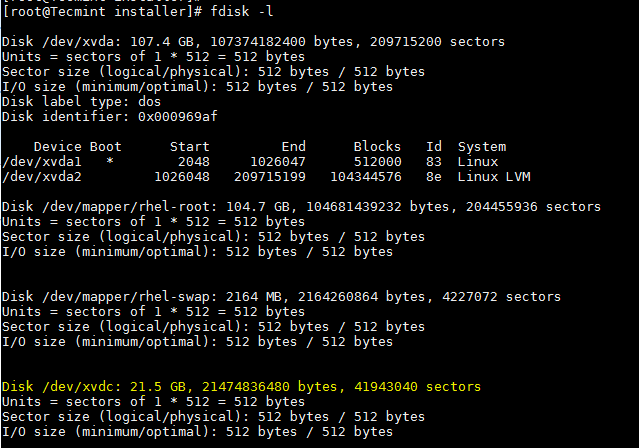


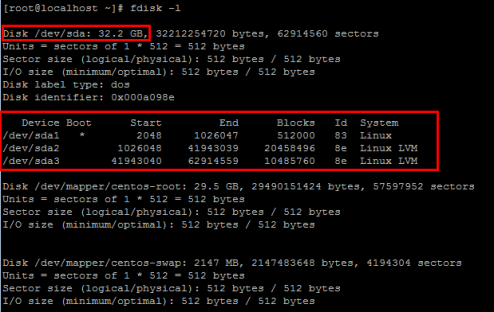
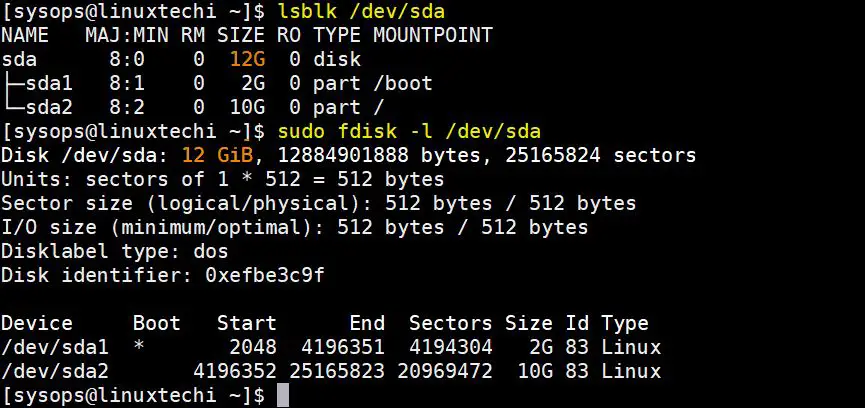



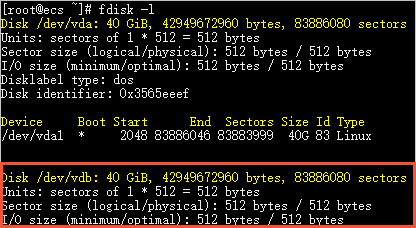



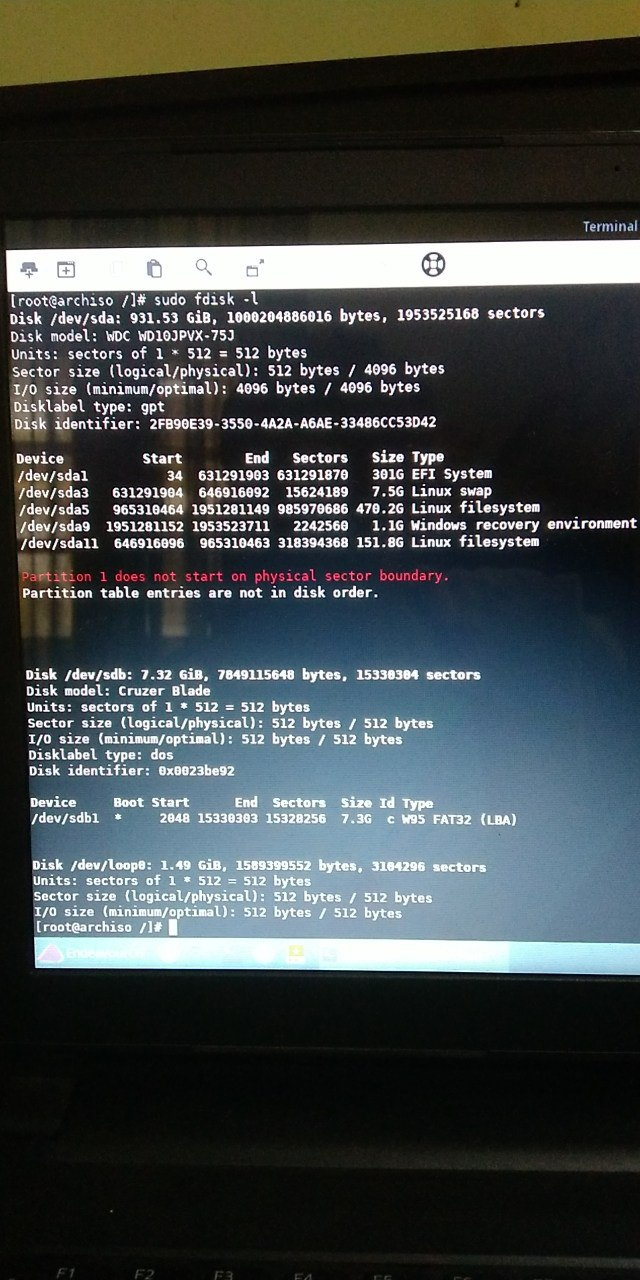
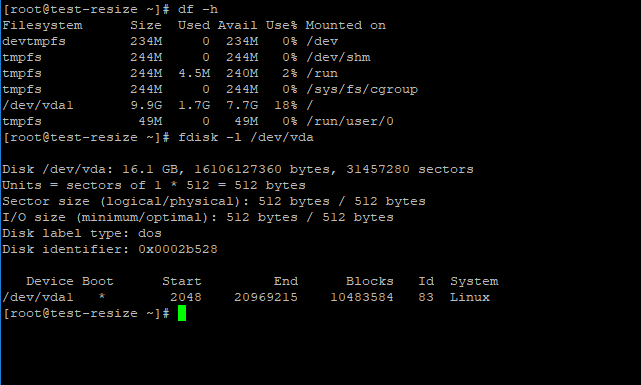


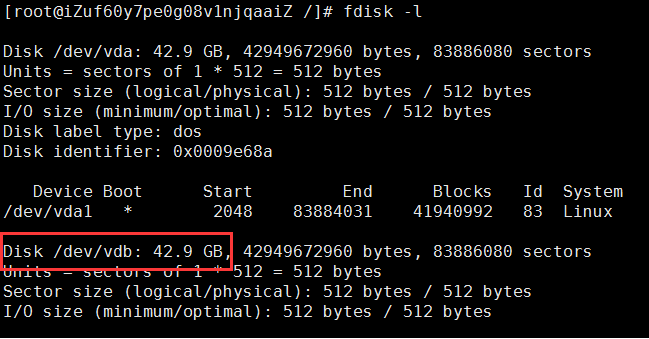
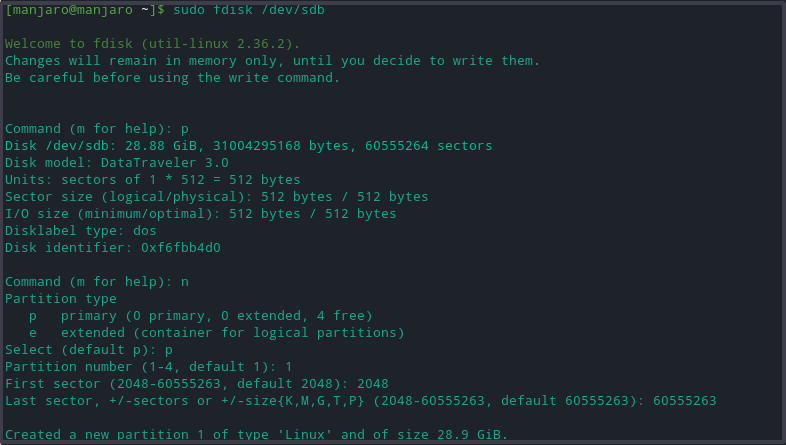

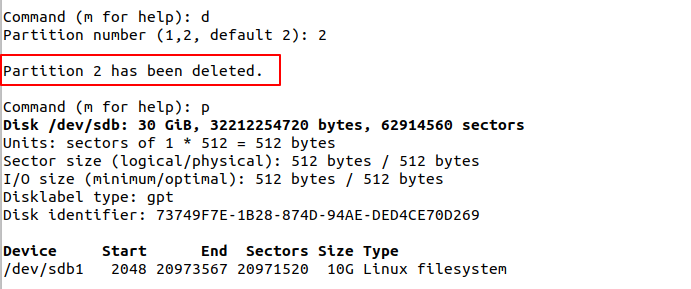






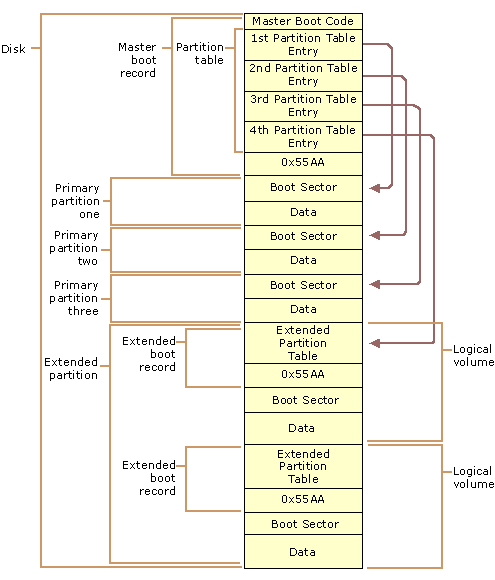
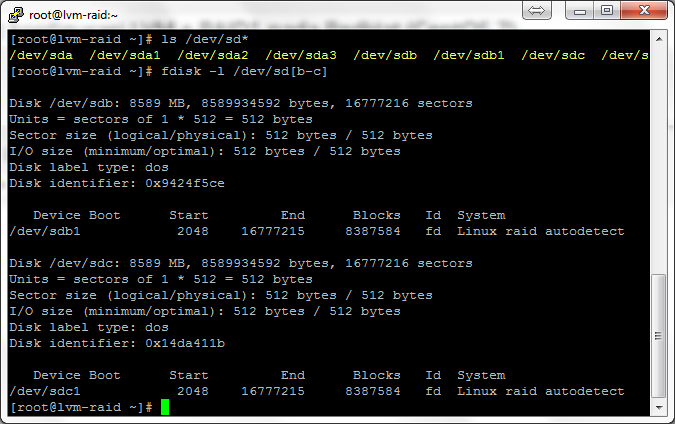

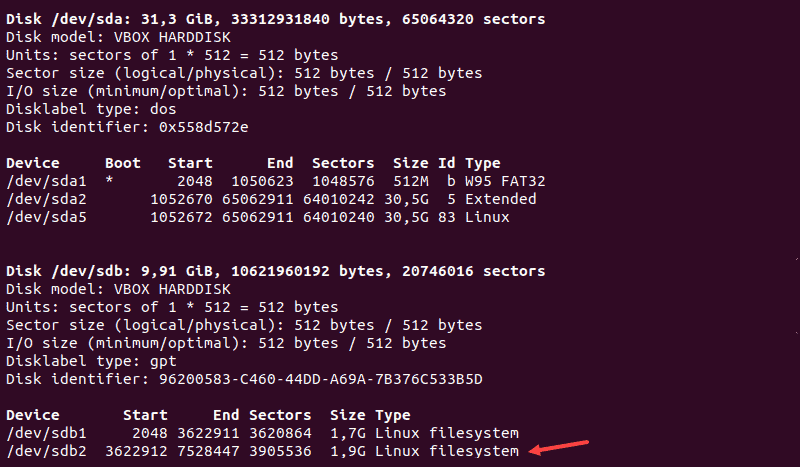

Post a Comment for "40 disk label type: dos"